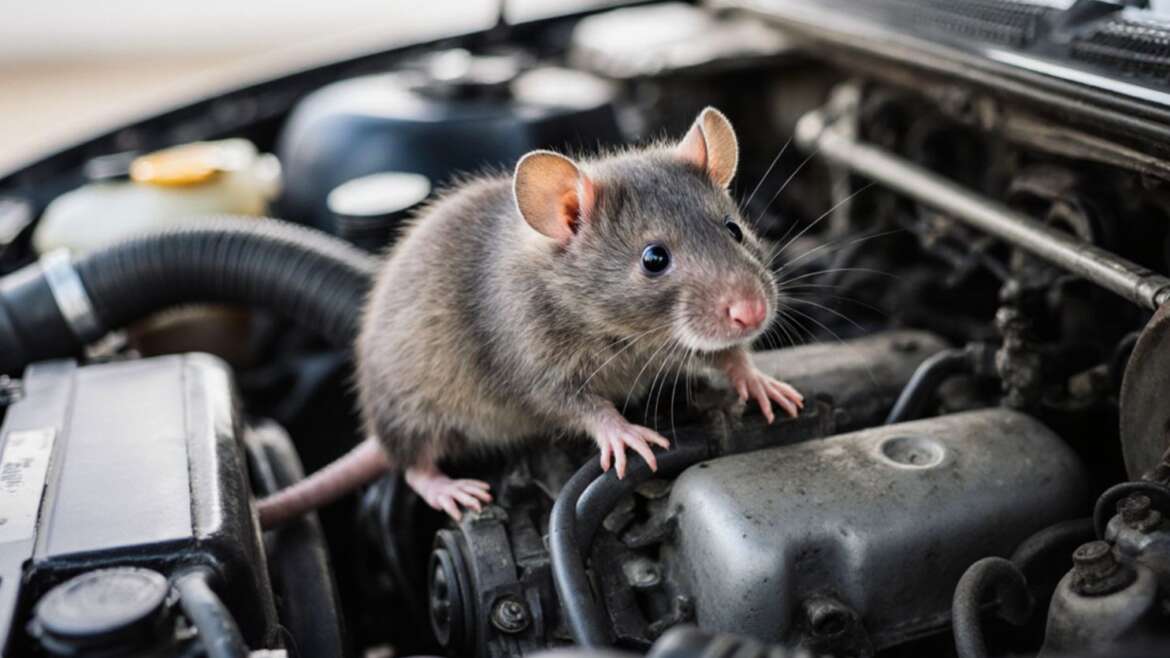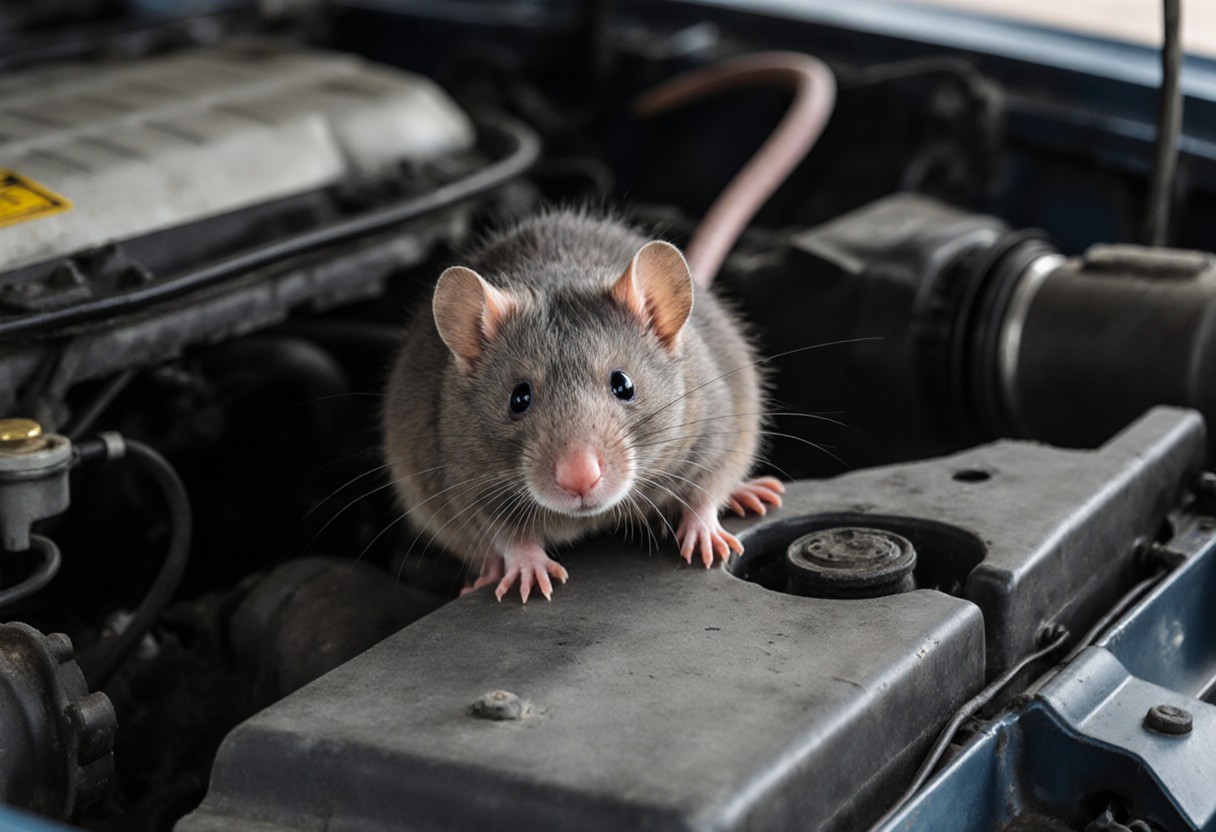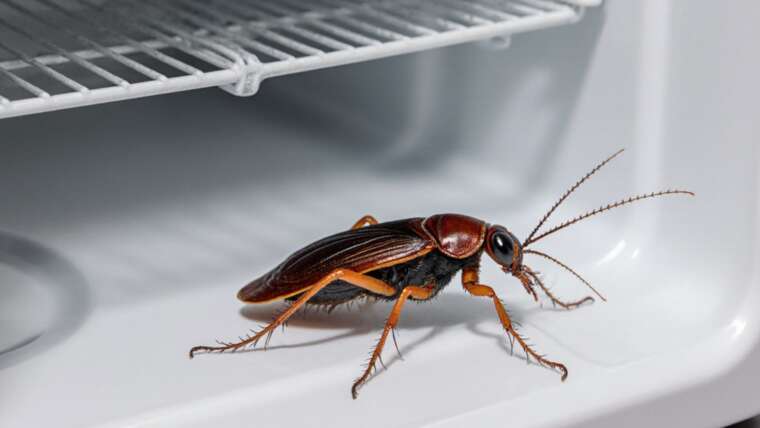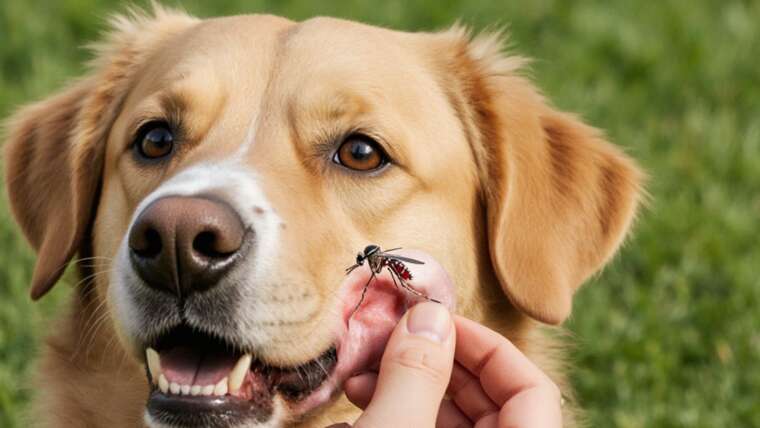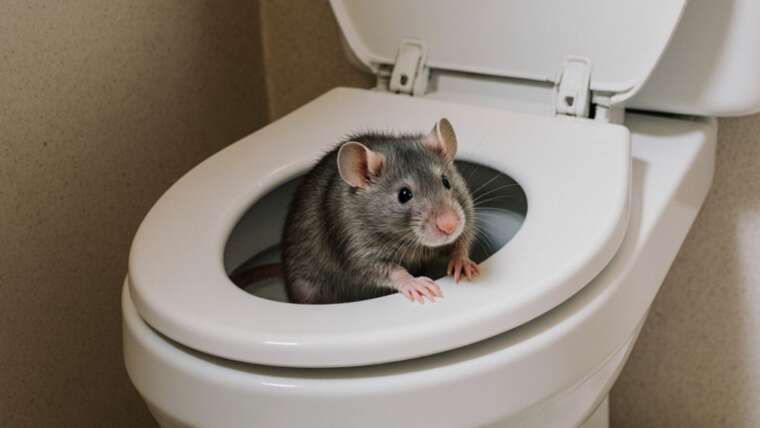- Rats often infiltrate car engines due to the secluded, dark environments they provide, coupled with warmth during colder months.
- There is growing concern that plant-based materials used in modern car manufacturing may attract rats, mistaking these materials for potential food sources.
- Rats can squeeze through unusually small openings, making it imperative to repair any damage to your vehicle promptly to deter their entry.
- If you suspect rats are residing in your car, it’s advisable to seek assistance from animal control and/or a professional mechanic to safely address the issue.
- Exercise caution when cleaning and disinfecting after evicting any rats, prioritizing your safety and health throughout the process.
While most people are aware of the stereotypical depictions of rats rummaging through trash or dwelling in sewers, many may be surprised to learn that these pests can also find their way into car engines. It’s an unsettling reality that numerous car owners face. Fortunately, understanding the reasoning behind this behavior and the steps that can be taken can help you manage and resolve the issue effectively.
Why are rats attracted to cars?
Rats are instinctively drawn to dark, enclosed spaces for shelter, making the underhood area of a car particularly appealing. This aversion to light and preference for hidden spots serve as a refuge, especially during winter when car engines offer a warm, insulated environment.
There’s mounting speculation that the increase in plant-based biodegradable materials in modern vehicles imitates food sources for rodents, further enticing them to take shelter in car engines. High-profile class-action lawsuits have emerged against manufacturers like Honda and Toyota over claims that soy-based wiring is attracting more rodents.
Cars parked in areas known for rodent infestations or those that are seldom used generally become prime targets. For cars that may be in storage for extended periods, implementing proactive measures is essential.
Tip: Be aware of your car’s surroundings. Parking in a clean, well-lit area can deter rodents from approaching, as they often prefer secluded environments.
How do I get rid of rats in car engines?
When dealing with a rat infestation, the focus primarily rests on identifying and evicting these unwelcome guests. Here’s a comprehensive guide on how to tackle the issue:
Prevention
Rats can infiltrate even the tiniest openings, so address any rust holes or minor damages on your vehicle. Repair a rusted area as rats can squeeze through openings as small as half an inch, so it’s crucial to seal every vulnerability. Additionally, refrain from leaving food or food wrappers inside the car, as these significantly attract rodents.
Fact: Rats have incisors that grow continuously, causing them to gnaw on just about anything they find, including non-food items like wiring and insulation.
Safely Inspect Your Car
If you suspect a rat infestation, conduct a thorough inspection of your vehicle. Look for signs such as chewed wires, nesting materials, or droppings. If you’re uncomfortable performing this yourself, consider enlisting a mechanic for assistance.
Since rats can carry harmful diseases, prioritize your safety during the inspection:
- Wear gloves and long sleeves.
- Use a mask to prevent inhaling contaminated particles.
- Protect your eyes with goggles.
While the engine compartment is the most common hiding place, also inspect:
- Passenger compartments
- The trunk
- Underneath the hood
Insist on a meticulous check. If you confirm their presence, reaching out to animal control or a mechanic is advisable.
Tip: Regularly move your car and start the engine if it’s not used often. This disrupts potential nesting and sends them fleeing.
How should I clean my car if there were rats?
The CDC recommends using a suitable disinfectant for post-infestation cleaning. Follow these steps for safe and effective treatment:
- Evenly spray all impacted areas.
- Allow the disinfectant to sit for at least five minutes.
- With gloved hands, carefully clean droppings or signs of infestation using paper towels.
- Seal the collection bag tightly and apply additional disinfectant on the exterior.
- Dispose of all collected materials promptly.
Fact: Rat droppings can harbor harmful pathogens, making thorough disinfection crucial for your health.
What should I avoid when getting rid of rats in my car engine?
If you encounter droppings or urine, avoid vacuuming or using power washers, as these methods can aerosolize harmful pathogens into the air. Upon clearing the rats, focus on a careful cleanup. The CDC advises disconnecting the car battery during engine compartment cleaning and only reconnecting it once everything is dry.
Tip: Use a flashlight during your inspection; rats can hide well, and a bright light can expose their hiding spots more effectively.
How do I keep rats out of my car engine?
Setting traditional snap traps around your vehicle can be an effective deterrent. While these traps are considerably more effective than unverified preventative liquids or tapes, exercise caution to avoid harming children or pets in proximity to the traps.
Be mindful that pest control companies like Terminix only treat rat infestations occurring within homes. For vehicle-related issues, contact a trusted mechanic or local animal control for assistance.
Fact: Keeping your vehicle clean and free of food sources is one of the most effective long-term methods to prevent rat infestations.

